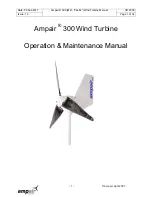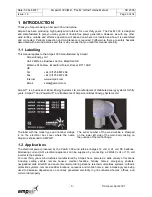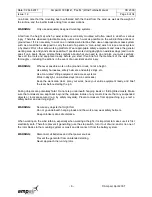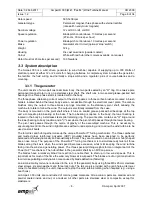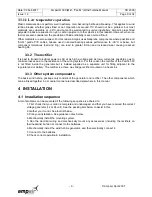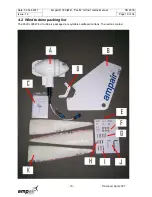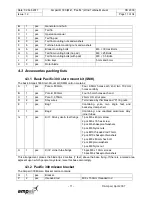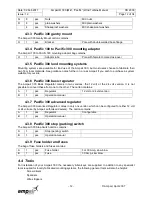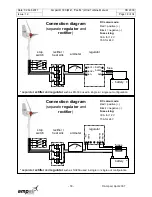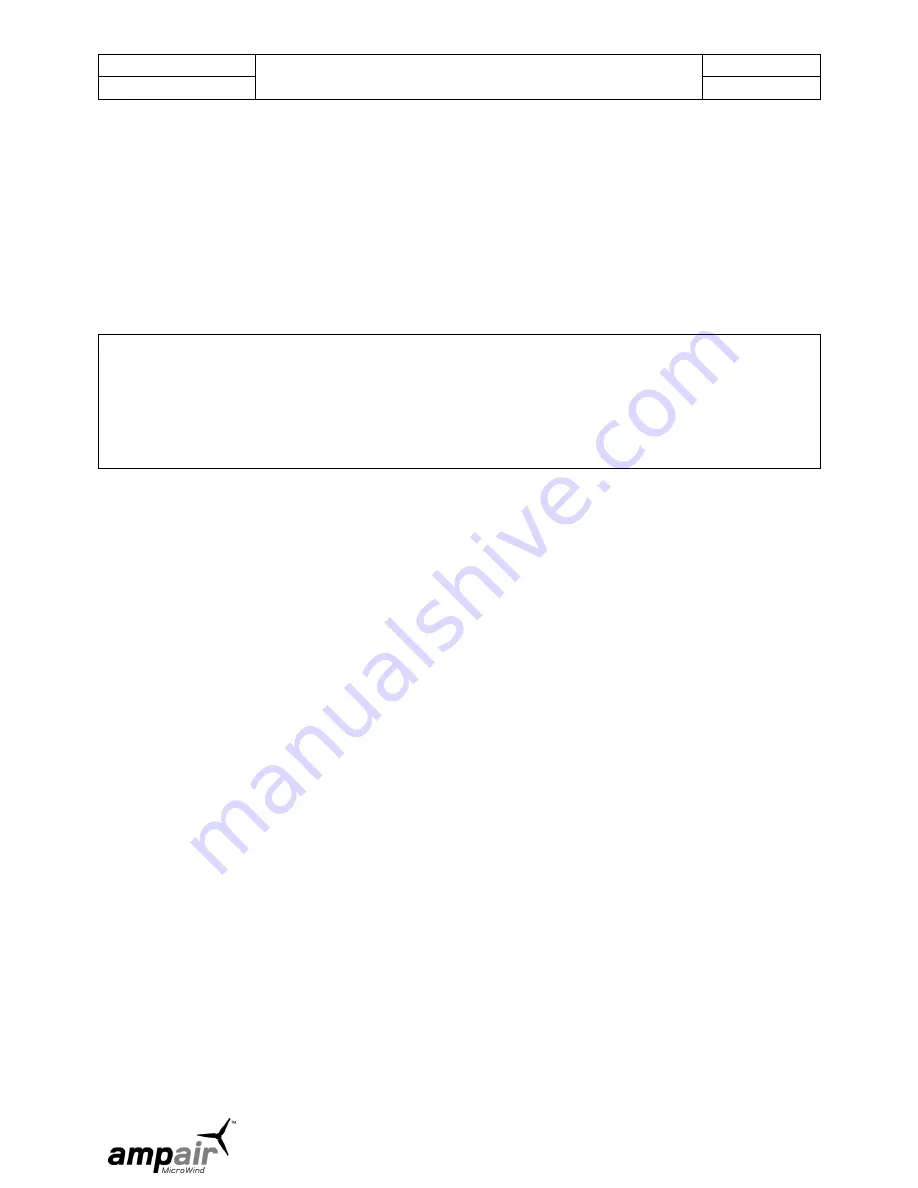
Date: 02 Feb 2011
Ampair ® 300 (Mk1, “Pacific”) Wind Turbine Manual
CD 2300
Issue: 1.2
Page 4 of 34
- 4 -
© Ampair, April 2007
Ampair recommends that most clients install wind turbines in combination with a proportionate amount of
solar photovoltaic panels (solar PV) as wind and solar power are highly complementary sources of
renewable, carbon neutral, non-polluting energy.
2 SAFETY INSTRUCTIONS
Please read this manual carefully before starting assembly and installation, or before conducting
maintenance. This manual provides information that is critical to ensuring your safety during assembly,
operation, and in case of trouble. If you have further questions please contact your dealer, an Ampair
service partner, or Ampair itself.
2.1 Disclaimer:
The information in this manual is believed to be correct and reliable. However Ampair assumes no
responsibility for inaccuracies and omissions. The user of this information and product assumes full
responsibility and risk.
All specifications are subject to change without notice.
Wind turbines, electrical power and battery systems, and wind turbine mounting systems are all capable of
causing death or serious injury or fire if incorrectly installed, operated, or maintained. If in doubt, ensure
that all activities are carried out by trained and competent personnel.
2.2 Potential sources of danger
Wind turbines are electrical machines with high speed rotating parts which are typically mounted at height.
Thus there are a variety of sources of potential hazards which can result in death or serious injury. These
dangers exist during installation, operation, or inspection and maintenance.
2.2.1 Mechanical dangers
The main dangers are the spinning rotor and the tail. The rotor blades are very sharp and can cause very
serious injuries even at low speeds.
WARNING:
Never touch the rotating rotor (the blades or hub).
Never try to stop the rotor by hand.
Do not mount the rotor where people or animals can reach the area swept by the rotor.
The rotor blades are made of glass fibre reinforced plastic and other composites. They are extremely
strong and are designed to withstand severe weather. However the blades may break if objects (e.g.
ropes, branches, clothing, flying ice, other debris) enter the rotor. If this happens the rotor will discharge
very sharp fragments of blade and debris at high speed. Also any items that become tangled in the rotor
(such as ropes) will whip around unpredictably and with great force.
WARNING:
Avoid any objects entering the rotor.
Never try to stop the rotor by throwing a rope or other object into it.
In order to maximise aerodynamic efficiency and to minimise sound levels the rotor blades‟ trailing edges
are very sharp. Handle these carefully and use gloves if necessary.
WARNING:
Use gloves when handling the rotor and blades.
The wind turbine is free to swivel about the pivot. This means that even when the rotor is stationary it can
swivel and the tail (or rotor) may hit anybody who has approached the machine. The machine will not
make a noise as it swivels and such a blow can be with great force and little warning (especially in gusty

